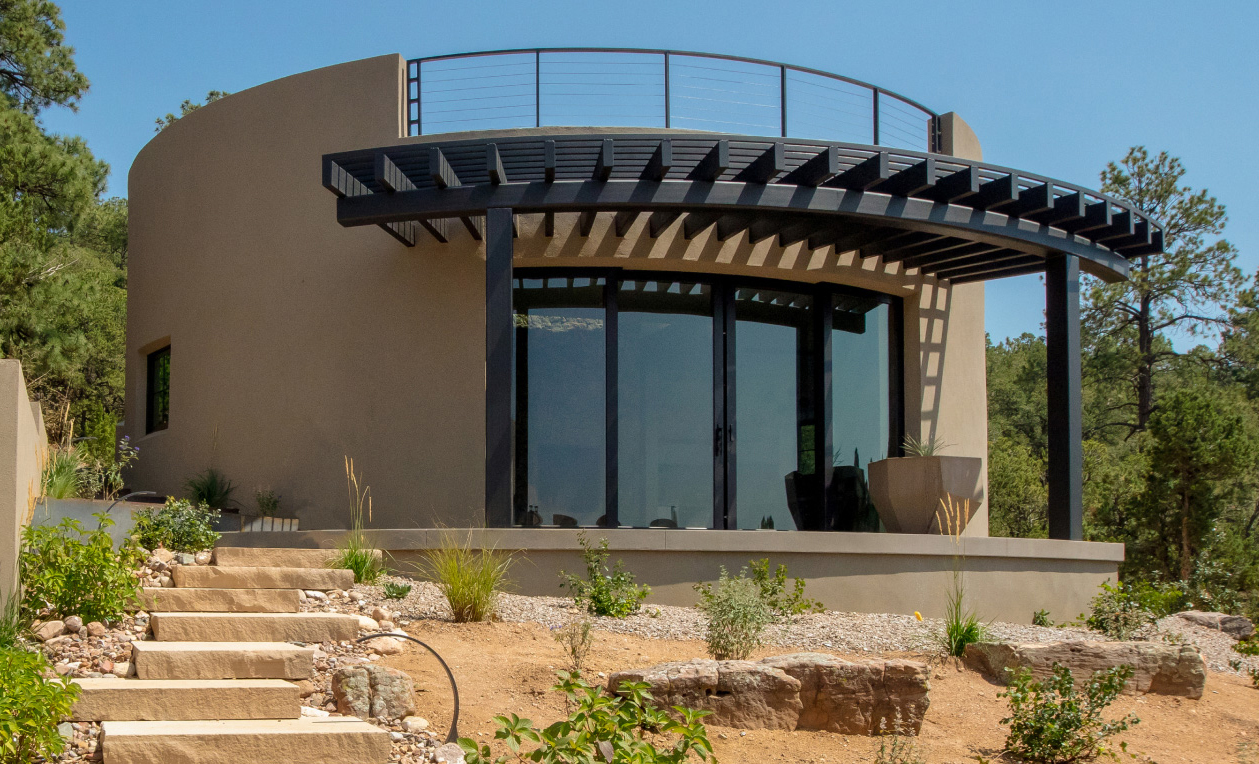
What Do We Mean by “Archaeo?”
On Archaeo Architect’s profile page, we mention that we’re inspired by the “underlying order” and “mysterious poetic quality” of ancient architecture. But in addition to the poetry, there are specific, practical, modern applications, too.
After all, people have always needed shelter from extreme heat and cold, access to water, etc., so it makes sense that over millennia many cultures have developed ways to solve their problems. Here are a few examples.
One of the simplest solutions to seasonal heat and cold is to orient buildings to (or away from) the sun. The first examples of that solution are cave dwellings with openings that face south, such as those in Bandelier National Monument near Los Alamos, New Mexico. Today, we often orient homes to take advantage of sun and shade as well as views, but even when we can’t physically orient an entire building, we can apply the concept by designing with large south-facing windows to capture sunlight during colder months and employing shading devices to block excessive sun during hot summers.
Thick walls were needed to support multiple stories when made from materials like mud bricks and even stone. Luckily (or wisely?) mud brick buildings like New Mexico’s thousand-year-old Native American pueblos absorbed heat during the day and released it at night, providing natural, automatic temperature regulation. Today we create high thermal mass by using stone or concrete to achieve similar results.
Archaeo Architects also adapts natural ventilation techniques seen in ancient buildings, like the wind-catching towers (also known as windcatchers or windscoops) of traditional Middle Eastern architecture (and even termite mounds in Africa) to modern buildings. Old structures relied on prevailing winds to channel air through the building, to promote cooling. Modern buildings incorporate natural ventilation strategies, such as cross-ventilation and operable windows, to enhance indoor air circulation. (And you can find a few with functional cooling towers too.)
We’ll explore other ancient technologies and techniques in future blog posts.
Further Study:
Passive Solar History (California Solar Center)
en.wikipedia.org/wiki/Windcatcher
nordicbiomimicry.org/termite-mound

